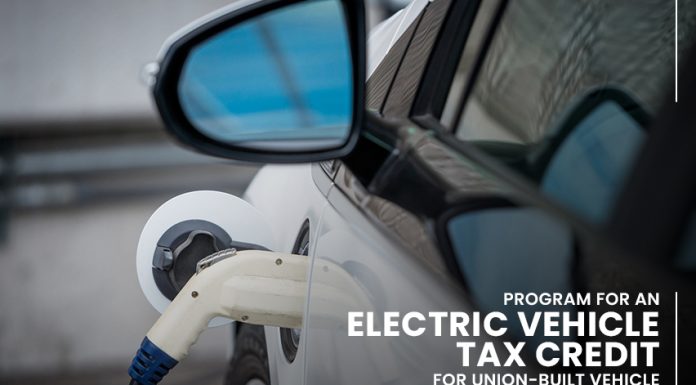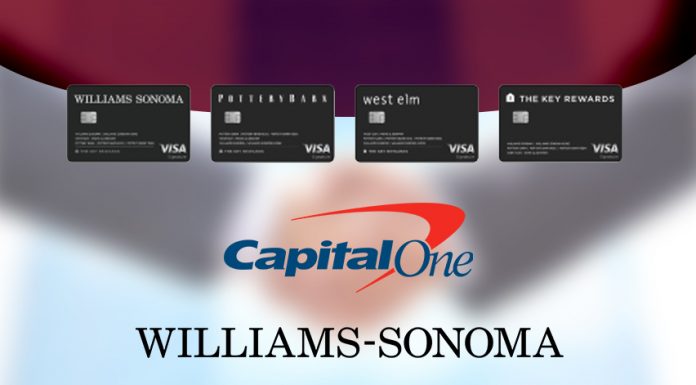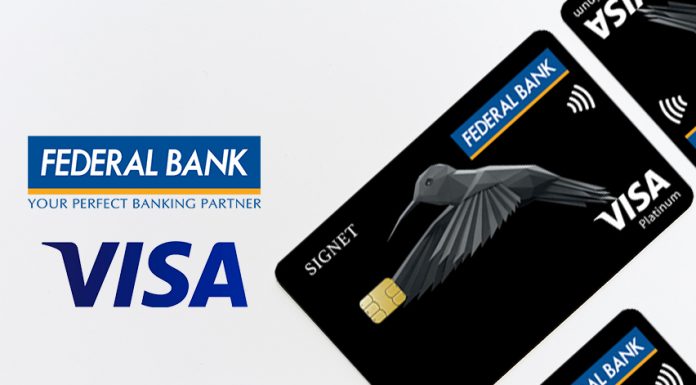Alaska tops the list of US states with the highest credit card debt burden, according to a report recently published by 24/7 Wall St.
The financial news and opinion website said in its report that an average resident in this state owes $8,515, more than $2,000 of the $6,354 bank-issued credit card debt of a typical American. Next on the list is Connecticut with $7,258, followed by Virginia ($7,161), New Jersey ($7,151), Maryland ($7,043), Hawaii ($6,981), Texas ($6,902), Colorado ($6,718), Georgia ($6,675) and New York ($6,671).

Ted Rossman, an industry analyst at creditcards.com, a research group, where the 24/7 Wall St sourced its figures said that states with higher debt tend to be home to higher-income residents. These states also report more credit cards per person and a higher cost of living which stimulates spending.
In Alaska’s case, its cost of living is 5.4%, which is more than the typical US state, while its average credit score is 668. Likewise, the report said a typical Alaskan has 2.9 credit cards.
Americans’ credit card debt ballooned to a record $1.04 trillion in 2018, which jumped from less than $854 billion in 2013. Rossman said that less than half (40%) of Americans have sufficient income to pay off their balance in full every month. However, the remaining 60% keeping a high credit card balance can lead to interest payments amounting to hundreds of dollars every year and a likely reduction in credit score.
Need to Track Expenses
Meanwhile, an expert said that the biggest mistake cardholders make in managing their expenses is their failure to track their spending with credit cards. In her article on U.S. News, Beverly Harzog said this could lead to overspending, which then results in paying compound interest on a credit card balance.
According to Harzog, the recent WalletHub poll showing 86 million Americans fear they will max out their cards means many in the US population are not confident in managing their budgets. She recommended using spending tracker tools such as Mint, YNAB, and Albert for this purpose.













